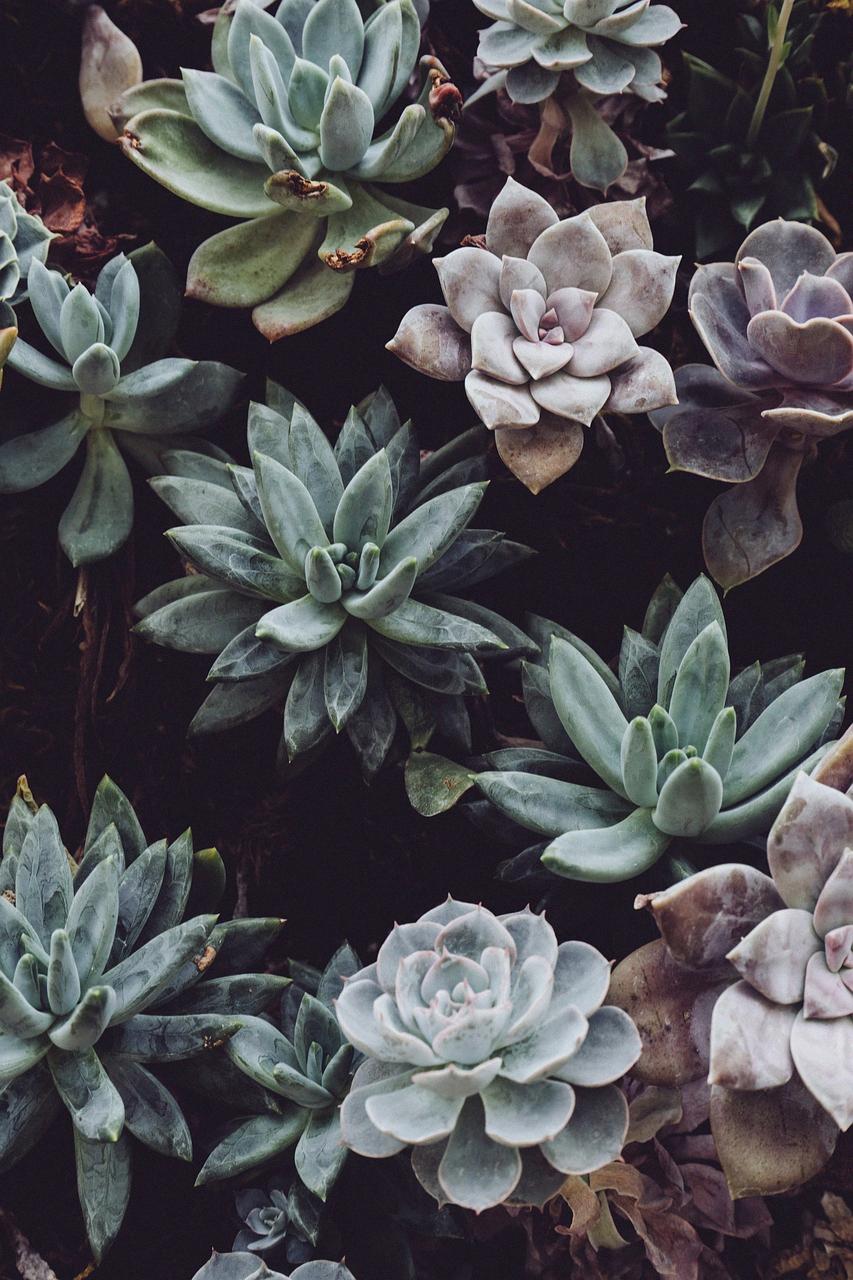When it comes to classifying plants, the world of botany is rich with a diverse array of species, each with its own unique traits and characteristics. One common question that often arises is the relationship between air plants and succulents. To delve deeper into this topic, it’s essential to understand the defining features that set these two groups of plants apart.
The Unique Features of Air Plants
Air plants, also known as Tillandsias, are renowned for their ability to thrive without the need for soil. These intriguing plants absorb moisture and nutrients through their specialized leaves, making them a popular choice for those looking to add a touch of greenery to their living spaces. With their thin, spiky leaves and whimsical appearance, air plants are truly captivating in their design.
The Distinctive Traits of Succulents
In contrast, succulents are renowned for their water-storing capabilities, thanks to their thick, fleshy leaves and stems. These plants have adapted to arid environments by storing water, allowing them to survive in conditions where moisture is scarce. Their resilience and unique appearance have made succulents a beloved choice for many plant enthusiasts.
Comparing Leaf Structures
One key distinguishing factor between air plants and succulents lies in their leaf structures. Air plants typically feature thin, spiky leaves that are adept at absorbing moisture from the air. In contrast, succulents boast thick, fleshy leaves that store water for long periods, enabling them to endure dry spells without withering.
Exploring Habitat Preferences
While both air plants and succulents have adapted to thrive in challenging environments, their habitat preferences differ. Air plants are often found in tropical and subtropical regions, where they cling to trees or rocky surfaces. Succulents, on the other hand, are native to arid regions such as deserts, where their water-storing abilities allow them to flourish.
The Role of Water Absorption
Water absorption is a vital aspect of both air plants and succulents’ survival strategies. Air plants absorb moisture and nutrients through their leaves, relying on the surrounding environment to sustain them. In contrast, succulents store water in their leaves and stems, utilizing these reserves during dry periods to maintain their health.
The Allure of Unique Plant Varieties
Both air plants and succulents offer a diverse range of plant varieties, each with its own unique appeal and aesthetic appeal. From the intricate patterns of air plant leaves to the striking colors of succulent stems, these plants provide endless opportunities for creativity and expression in indoor gardening.
Understanding Taxonomical Classification
From a taxonomical standpoint, air plants belong to the Bromeliaceae family, which includes a wide range of tropical plants. Succulents, on the other hand, encompass various plant families such as Cactaceae and Crassulaceae, each with its own distinct characteristics and growth habits.
The Importance of Proper Care
Whether you’re caring for air plants or succulents, it’s crucial to provide them with the right conditions to thrive. Proper watering, light exposure, and air circulation are essential factors to consider when nurturing these plants, ensuring they remain healthy and vibrant in your home.
Embracing Plant Diversity
As plant enthusiasts, we have the opportunity to celebrate the diversity and beauty of nature by exploring the unique qualities of air plants and succulents. Whether you’re drawn to the ethereal charm of air plants or the resilient nature of succulents, there’s a plant variety out there to suit every taste and preference.

The Verdict: Are Air Plants Succulents?
After examining the distinctive features of air plants and succulents, it’s clear that while these two plant groups share some similarities, they are ultimately distinct in their characteristics and growth habits. While air plants thrive by absorbing moisture through their leaves, succulents store water in their fleshy stems and leaves, enabling them to survive in arid environments. So, in conclusion, while air plants and succulents may be part of the larger family of houseplants, they each possess unique qualities that set them apart.
